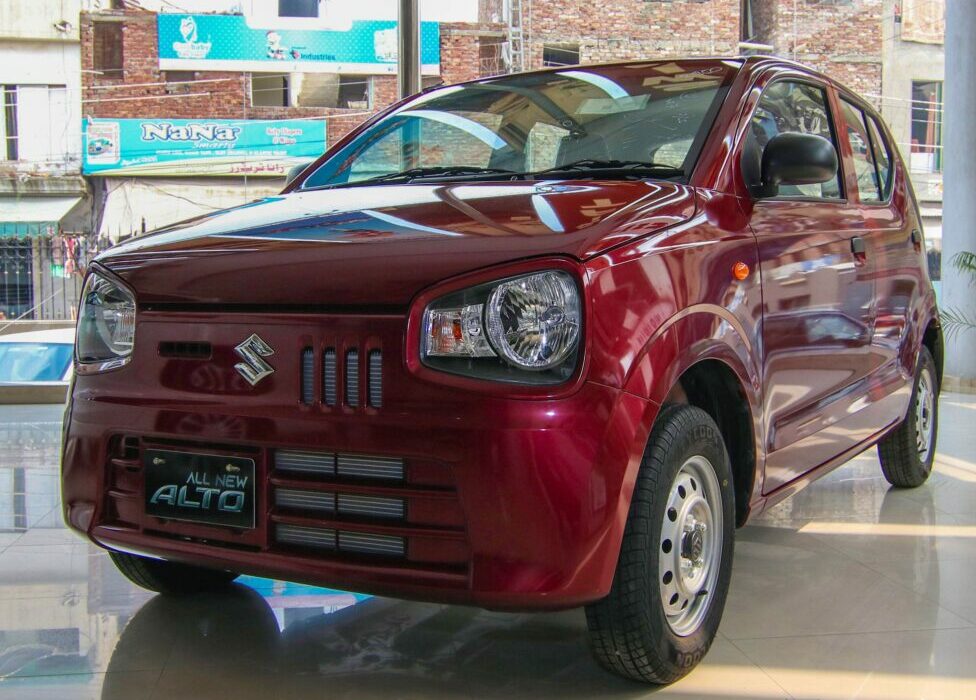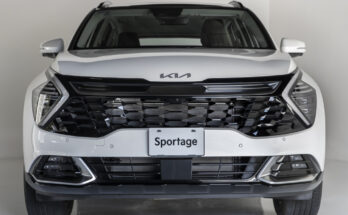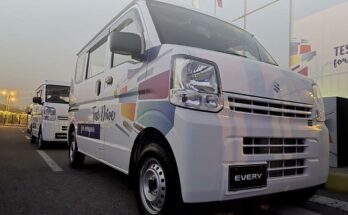Local assemblers and auto industry stakeholders were optimistic that car sales in Pakistan would bounce back after the 2024 general elections. However, with the ongoing political circus, it would be very wishful thinking to anticipate an improvement in vehicle sales.
The question is, are elections some sort of mystical phenomenon that causes auto sales to recover? Your answer will undoubtedly be a big “no” if we show you the comparison of car pricing from the previous general elections (GE) held in June 2018.
Related: IMC Boss Optimistic About Auto Sales Recovery
Below is a comparison of car prices of the same models that were available in 2018 and available as well in 2024. Cars such as the Suzuki Swift, Honda City & Civic haven’t been included since a completely different generation model was on sale back then, so comparing their price difference won’t be justified. Similarly, the Toyota Yaris was yet to be launched back then. In the same way, newcomers including Kia, Hyundai, Changan & Proton, etc were yet to begin their sales in 2018.
| Model | Price: GE July 2018 | Price: GE Feb 2024 | Difference (%) |
| Suzuki Bolan | Rs 8.34 lac | Rs 19.40 lac | Rs 11.06 lac (133%) |
| Suzuki Ravi | Rs 7.56 lac | Rs 18.56 lac | Rs 11.0 lac (146%) |
| Wagon R VXR | Rs 11.44 lac | Rs 32.14 lac | Rs 20.7 lac (181%) |
| Wagon R VXL | Rs 12.34 lac | Rs 34.12 lac | Rs 21.78 lac (176%) |
| Cultus VXR | Rs 13.40 lac | Rs 37.18 lac | Rs 23.78 lac (177%) |
| Cultus VXL | Rs 14.61 lac | Rs 40.84 lac | Rs 26.23 lac (183%) |
| Cultus VXL AGS | Rs 15.68 lac | Rs 43.66 lac | Rs 27.98 lac (178%) |
| Toyota Corolla Altis Grande | Rs 27.99 lac | Rs 75.09 lac | Rs 47.1 lac (168%) |
| Toyota Fortuner V | Rs 60.99 lac | Rs 169.99 lac | Rs 109.0 lac (179%) |
| Fortuner Sigma4 | Rs 64.49 lac | Rs 179.99 lac | Rs 115.5 lac (179%) |
| Hilux Revo G MT | Rs 43.74 lac | Rs 119.59 lac | Rs 75.85 lac (173%) |
| Hilux Revo G AT | Rs 45.99 lac | Rs 125.49 lac | Rs 79.51 lac (173%) |
| Hilux Revo V AT | Rs 49.49 lac | Rs 183.49 lac | Rs 89.0 lac (180%) |
| Honda BR-V | Rs 23.84 lac | Rs 62.99 lac | Rs 39.15 lac (164%) |
E&OE
Bear in mind that $1 was hovering around Rs 124 back in June 2018, which means while car prices have witnessed a significant surge of up to 180% (by 157% on average), the currency has depreciated by around 115%. Perhaps why automakers continue to earn more in revenues despite suffering from appalling sales.
Related: Will Car Sales Bounce Back After Elections?
It also shows that elections are no magical phenomenon that will bring the car prices down or will drive the car sales up. The post-2018 elections scenario is a classic example of this. Because what went afterward was sort of a nightmare both in terms of declining currency value as well as car rising prices. More interestingly, during the Musharraf era without any auto policy in place, we had a booming automobile market primarily because of a vast variety of options targeted at the mass-market buyers, and strong economic conditions with flourishing middle-class & super-cheap car financing which drove the car sales up.
Elections or not, policymakers basically need to give breathing space to the middle-class who are the driving force behind taking the volumes up. A balance in taxes and economic burden on the masses will enable them to spend on non-essential items such as brand-new cars.
Related: How Can Car Sales Improve in Pakistan?
As for assemblers, rather than focusing on introducing super-expensive cars for the elites that ensure maximum profit per unit without the need to enhance volumes, they should perhaps lower their profit margins and introduce smaller & fuel-efficient cars that are more suited for mass-market buyers & will drive industry volumes up. Because even in the toughest of economic times with sales cut to half, assemblers are suffering only a decline in profits and can easily repatriate the margins back to their principals. So with elections 2024 gone now, are assemblers still waiting for magic to happen?

A computer animation professional with over 23 years of industry experience having served in leading organizations, TV channels & production facilities in Pakistan. An avid car enthusiast and petrolhead with an affection to deliver quality content to help shape opinions. Formerly written for PakWheels as well as major publications including Dawn. Founder of CarSpiritPK.com




